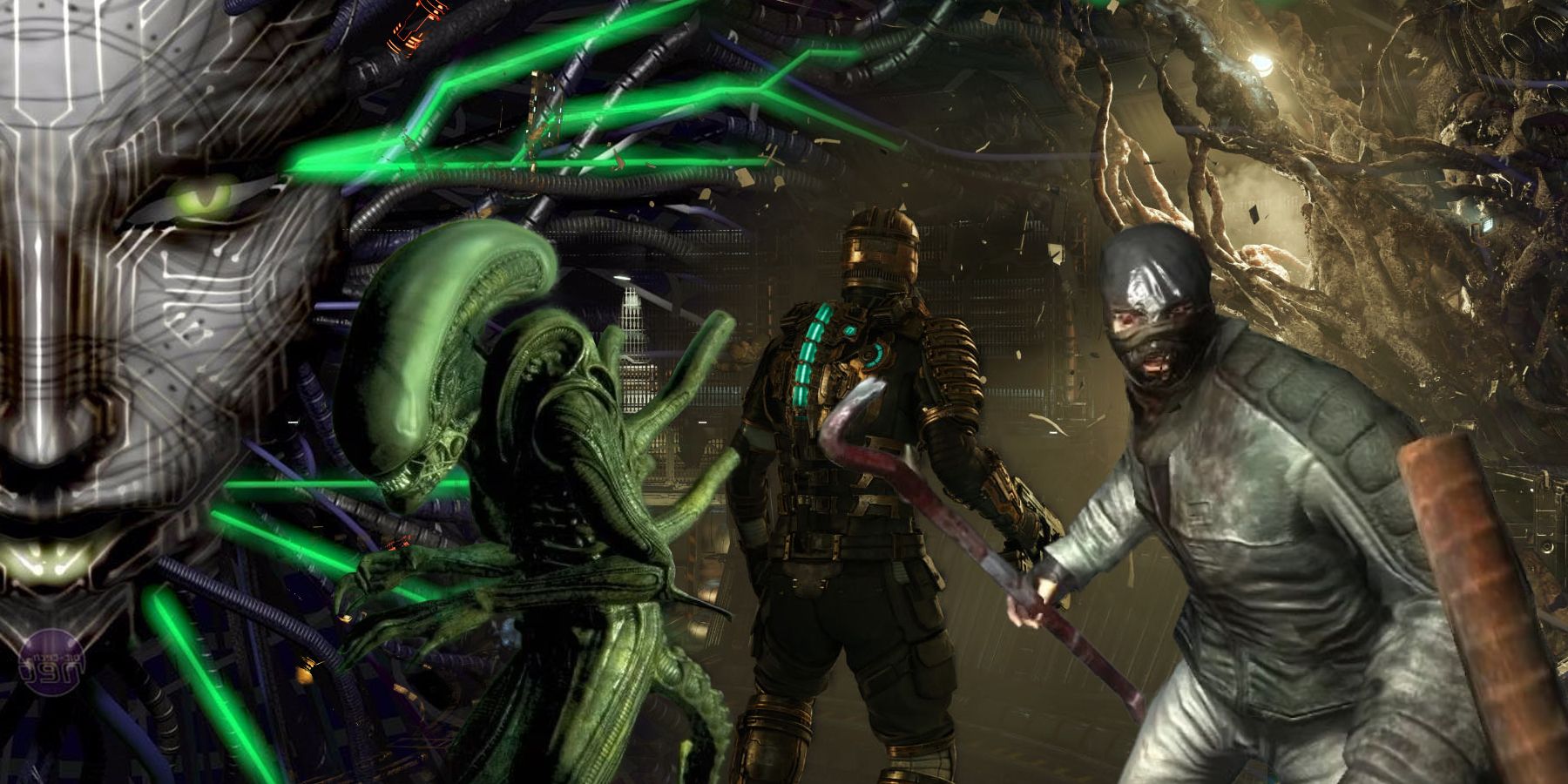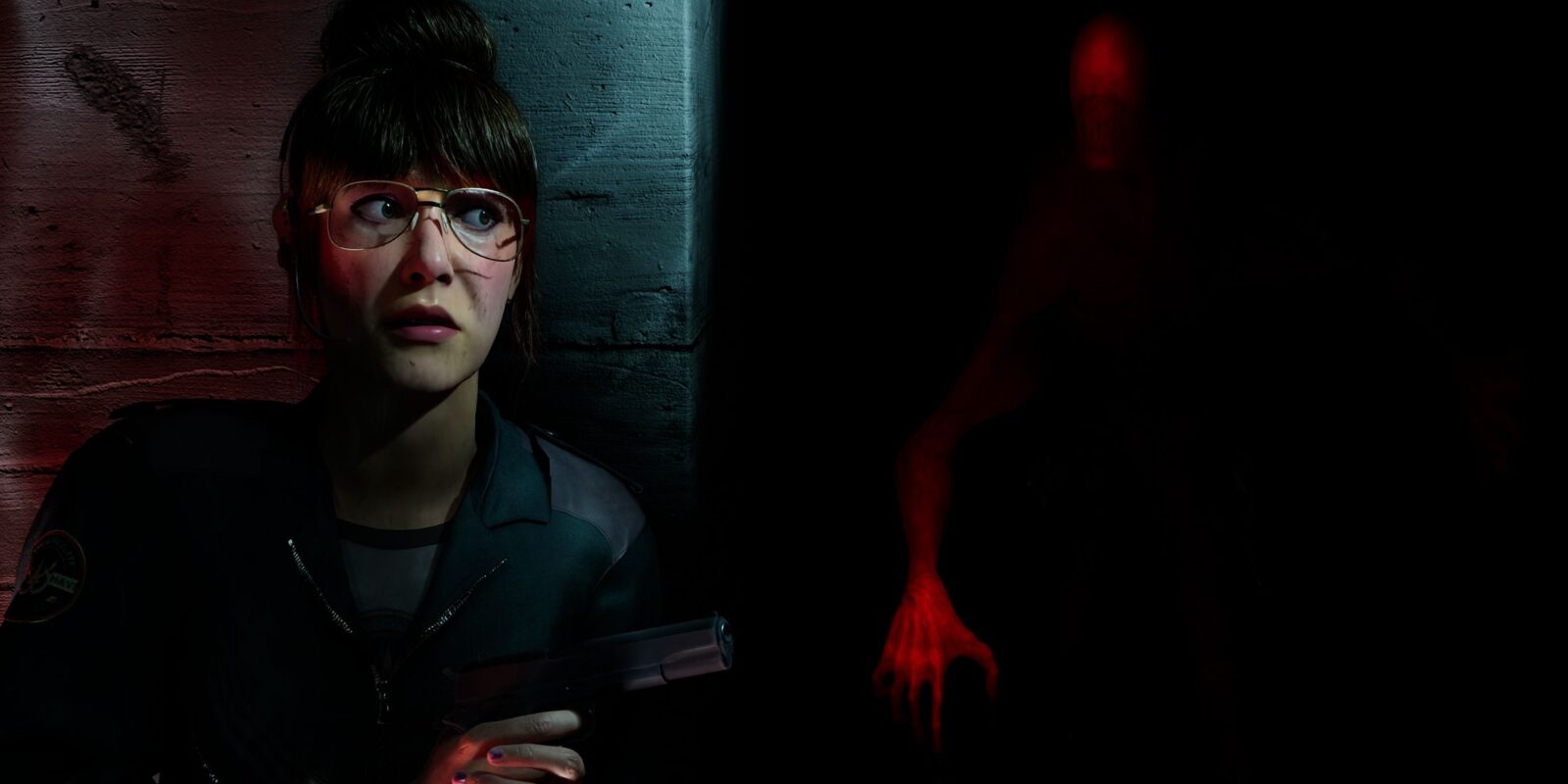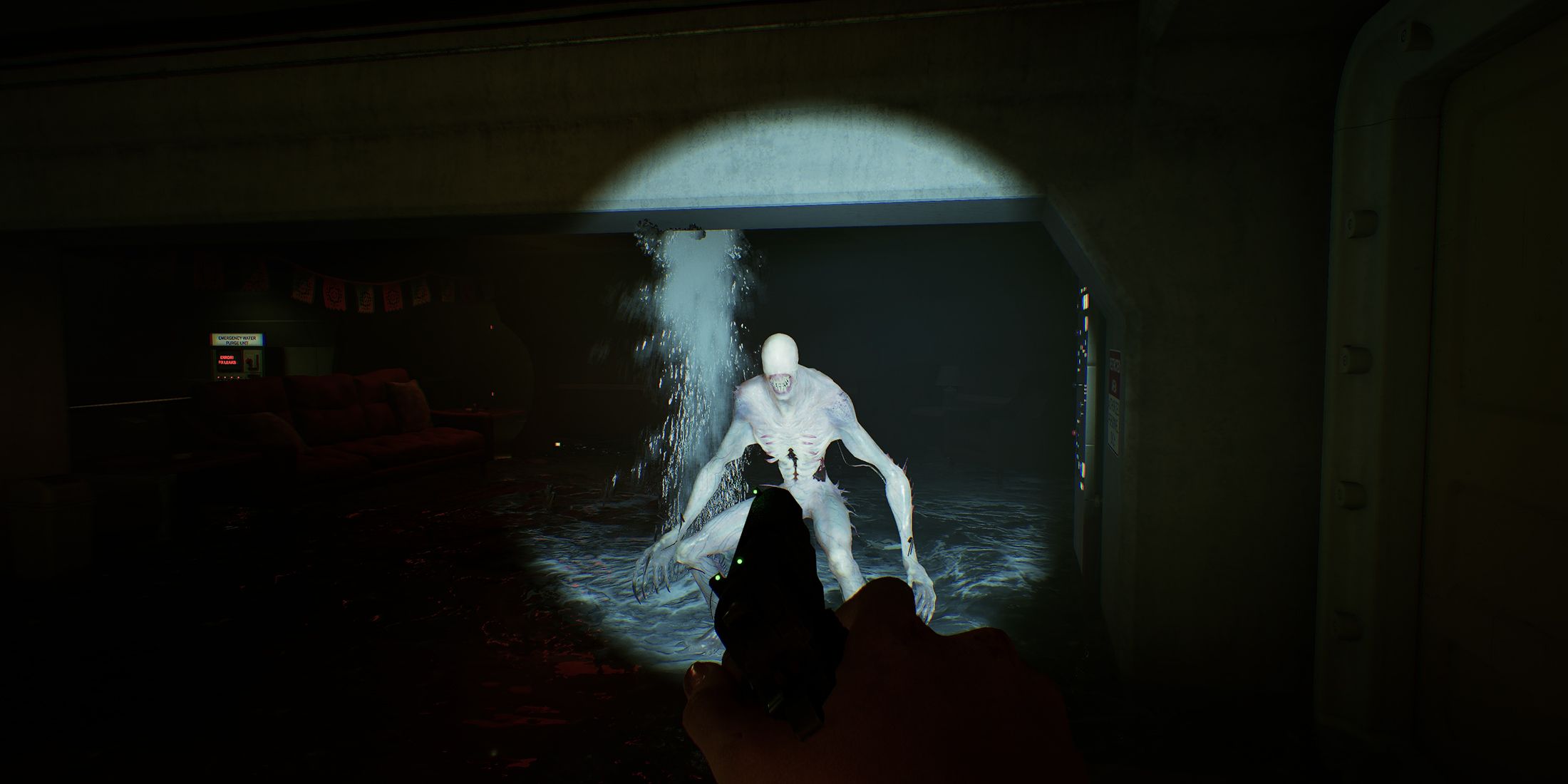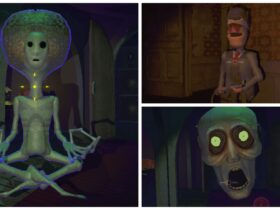Deepest Fear is a subaquatic survival horror game with Metroidvania-style exploration, immersive-sim problem solving, and an impressively realized fluid simulation that forms the backbone of its creature encounters, puzzle-solving, and combat. In other words, Deepest Fear is the thalassaphobe gamer’s best nightmare. Taking place in an underwater facility, players are tasked with uncovering the station’s mysteries while fending off horrors that manifest from any suitable puddle of water.
In an interview with Game Rant, Deepest Fear game director Lyndon Holland discussed how Variable State took cues from the ever-popular Metroidvania genre in the team’s approach to exploration. Metroidvania-style backtracking and progression is a natural fit for a survival horror game, and Deepest Fear‘s storytelling also stands to gain from more involved exploration of its environments.
6:18

Related
22 Best Survival Horror Games Of All Time, Ranked
Sometimes in a game, just surviving to the end is the goal. These are the best survival horror games of all time.
Metroidvania Exploration Makes Full Use of Deepest Fear’s Environment
When asked about the benefits of adapting Metroidvania elements to a survival horror game like Deepest Fear, Holland pointed to how Metroidvania’s explorative qualities lend themselves well to survival horror’s typically open-ended layouts. Although survival horror games have often gated progression behind finding key cards or similar McGuffins, the distinction is that the Metroidvania approach encourages players to backtrack to previous areas with their newfound capabilities. In Metroidvania, and consequently in Deepest Fear, progress can be backward as well as forward.
I’m always drawn to Metroidvania because it really leans on the player exploring an environment over a long period of time, rather than going into an area and never seeing it again. You can come back, see a locked door, and think, “Maybe I can open that later.” That’s a basic premise of Metroidvania.
I think, especially in a survival horror game, areas you couldn’t reach before—maybe because you couldn’t swim that far—take on a new meaning. Now, with a tool like a breathalyzer or O2 tank system, you can swim to a new destination, and it makes exploration feel fresh. Going back to an area and discovering something new about it adds a lot.
Just like some of the best survival horror games in recent memory, Deepest Fear is heavily story-driven. An under-appreciated benefit of the backtracking inherent in Metroidvania design is that players may return to closed-off sections of earlier locations to uncover narrative twists beneath the surface. Yesterday’s introductory area could be the hiding place for today’s big reveal, and these revelations are made possible by Metroidvania-style backtracking. Deepest Fear‘s core exploration might be more engaging thanks to progressive unlocks, but it’s the all-important story that might have the most to gain. As it was in Prey, some of the game’s biggest moments may take place on a return trip.
Deepest Fear’s Lockdowns Keep Exploration Suspenseful
The backtracking encouraged by Metroidvania-style exploration is a perfect opportunity for some frightening moments, and that’s precisely the case in Deepest Fear. Deepest Fear‘s semi-random lockdown events can happen virtually anywhere, which leads to high tension even when returning to an area previously thought safe. The Dead Space remake made great use of this concept with its unpredictable enemy spawns on return trips, and Holland points out that Deepest Fear players will similarly be kept on their toes no matter where they are:
The lockdowns really play into that as well. Backtracking becomes more entertaining when an area can randomly go into lockdown. You won’t know when it’ll happen. We want to do as much dynamically as possible so that each playthrough feels slightly different. Maybe on your first run, you don’t get the same lockdown in a certain area, or puddles and enemy spawns differ.
In a more linear level design, you can script those events because the player only sees them once. But with backtracking in the facility, we can keep it interesting by randomizing when lockdowns or surprises occur.
This lockdown mechanic is also an excellent way to make Deepest Fear a highly-replayable horror game. Players can’t count on the same encounters occuring in the same places or at the same times, making no two run alike. This carries some farther reaching implications than one might suspect at first glance: a playthrough’s configuration of lockdowns might wind up causing ammo or supply issues at inopportune moments, altering the player’s course through the game as they address those compounding struggles.
Deepest Fear is currently in development for PC.












Leave a Reply